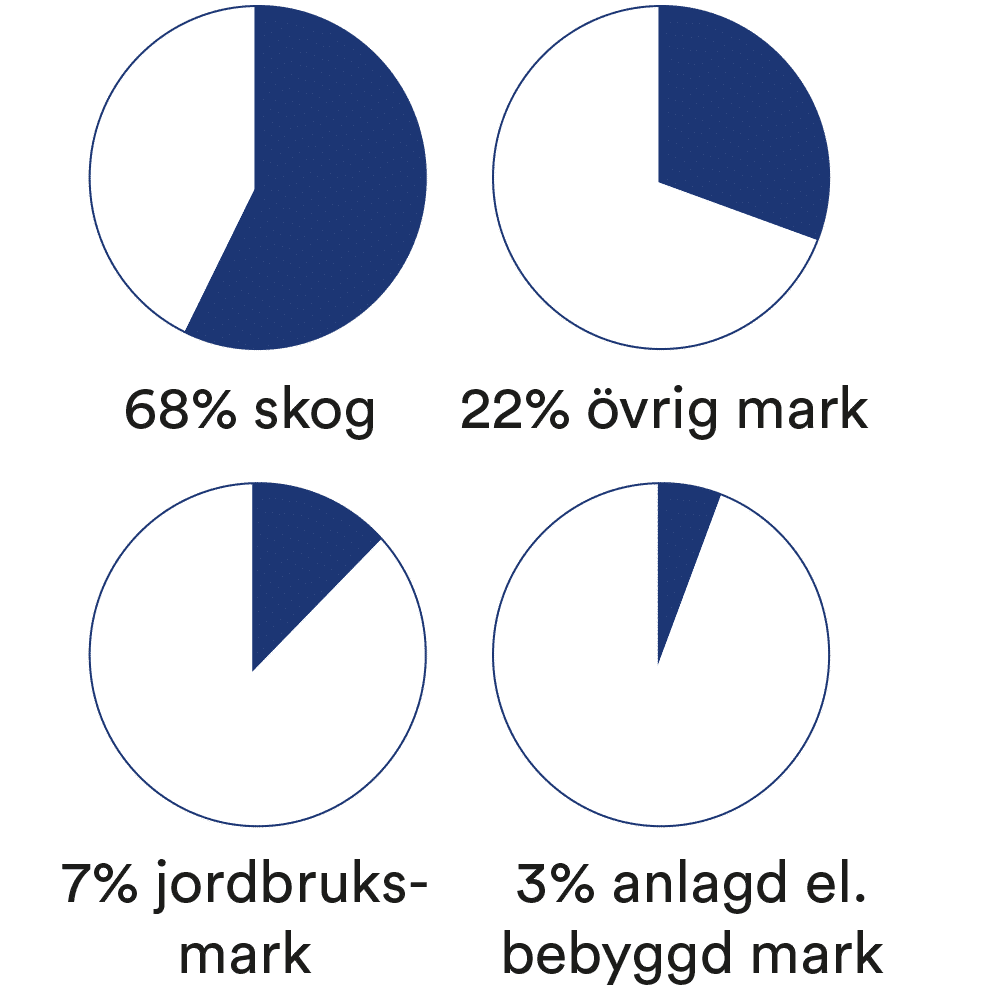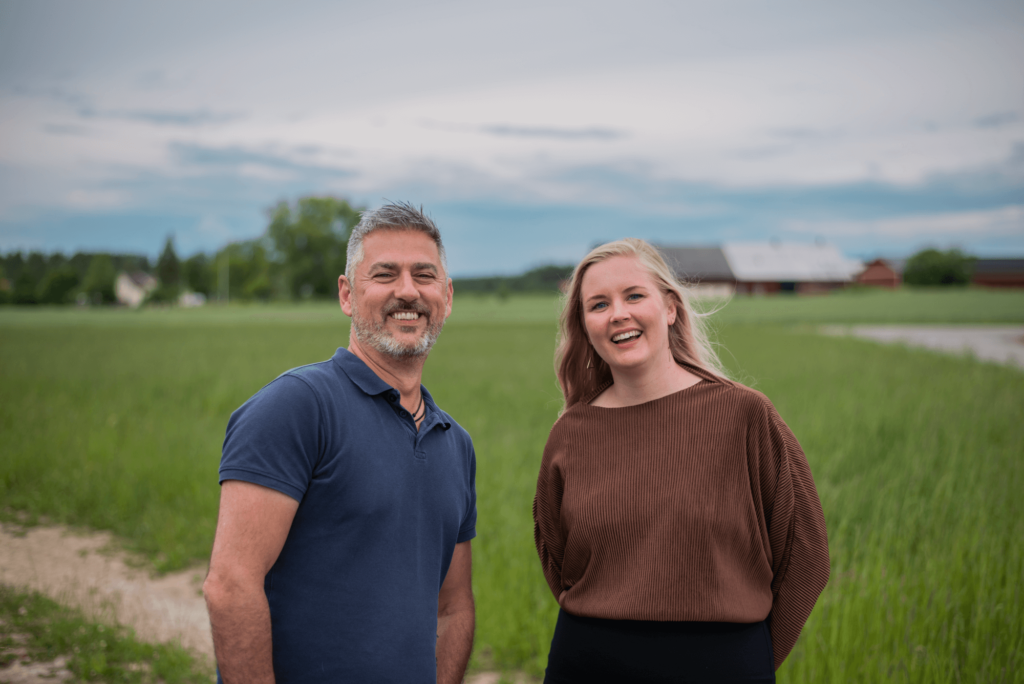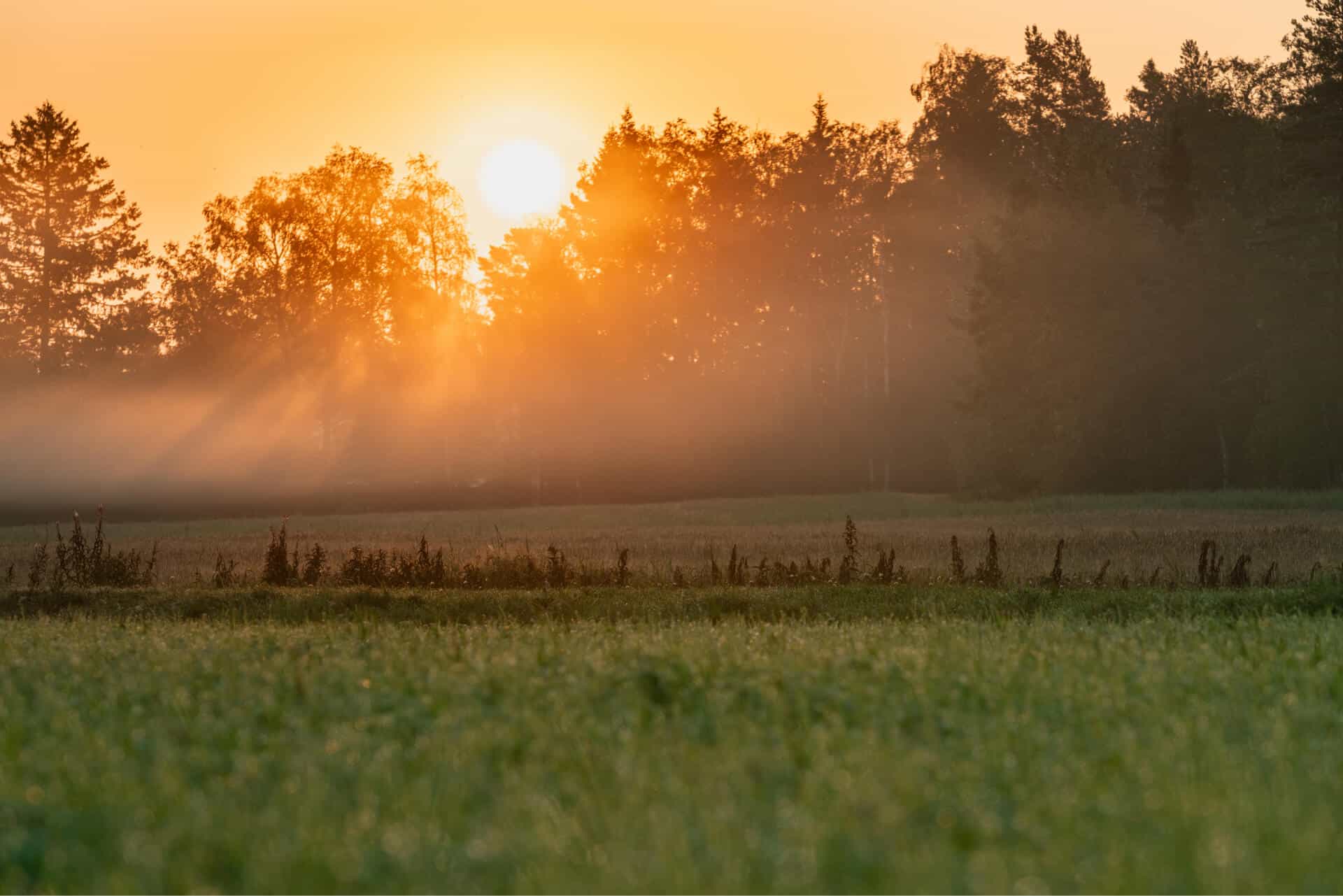410 000
square kilometers or 41 million hectares is the total land area of Sweden.
Second largest forest in Europe
After Finland (73%), Sweden is the country with the highest proportion of forest land in Europe. Of Sweden’s forest land, 84% is productive forest land. This means that it is of such quality that it is suitable for forest production.
The remaining 16% is unproductive forest land, which is not suitable for forest production.
The share of agricultural land is currently 7%, equivalent to 3 million hectares. Of this, 85% is arable land and the rest pasture land.
How arable land is used is largely influenced by the support and payments offered from year to year.
Source: Statistical Office and the Swedish Board of Agriculture

Is food produced on all agricultural land?
About 140,000 hectares of arable land are currently fallow, which corresponds to 5.4%. There are also 11,300 hectares that are unspecified. Nearly 100,000 hectares of arable land are currently used to grow rapeseed and canola, some of which is used to produce biofuel. About 55,000 hectares are currently used to produce, for example, seed wheat, oilseed rape, energy forest or horticultural plants.

If solar energy were to be deployed on a large scale
In 2045 we are expected to have a consumption of 280 TWh in Sweden. If 10% of these were to be met by solar energy, we would need to expand this to 30 GW of installed capacity. Currently, solar energy accounts for about 1% of our Swedish electricity mix. If half of this production were to be placed on the ground and half on roofs, an area of over 20,000 hectares would need to be set aside. Large-scale ground-mounted solar energy can be built on different types of land and is a fully reversible installation, meaning that the solar park can be decommissioned at any time and the land use reverted to its previous use. The lifetime of a solar park is about 35 years.
How much area
actually need
be used?

Solar parks can be combined with agriculture
Solar farming can also be perfectly combined with different forms of agriculture. It is easiest to combine this with grazing for sheep, for example, which not only creates a very good environment for the sheep, but also facilitates the management of the park and promotes biodiversity. But solar farming can also be combined with farming of various kinds.
In addition to this, there are of course many other locations that are good places to install photovoltaic systems. In other words, producing solar electricity on land does not have to compete with food production.

Hello, we are happy to talk solar energy with you!
We are happy to visit you to see on site which solution would be best for your property.

Call our switchboard and you will be connected to a sales representative in your region.
010-30 30 100
info@energiengagemang.se
Would you like us to contact you?
Do you want a quote or have specific questions about solar energy and/or energy storage? Fill in the form and we will contact you shortly.
Hi, I am happy to talk solar energy with you!
Are you interested in what you can get as a landowner in terms of rent? Is your company interested in owning a solar park? Want to know what a PPA might cost? Give me a call or send me an email and I’ll tell you more.
Erik Rindeskär
070-330 03 31
erik.rindeskar@energiengagemang.se


Hi, I am happy to talk solar energy with you!
Are you interested in what you can get as a landowner in terms of rent? Is your company interested in owning a solar park? Want to know what a PPA might cost? Give me a call or send me an email and I’ll tell you more.
